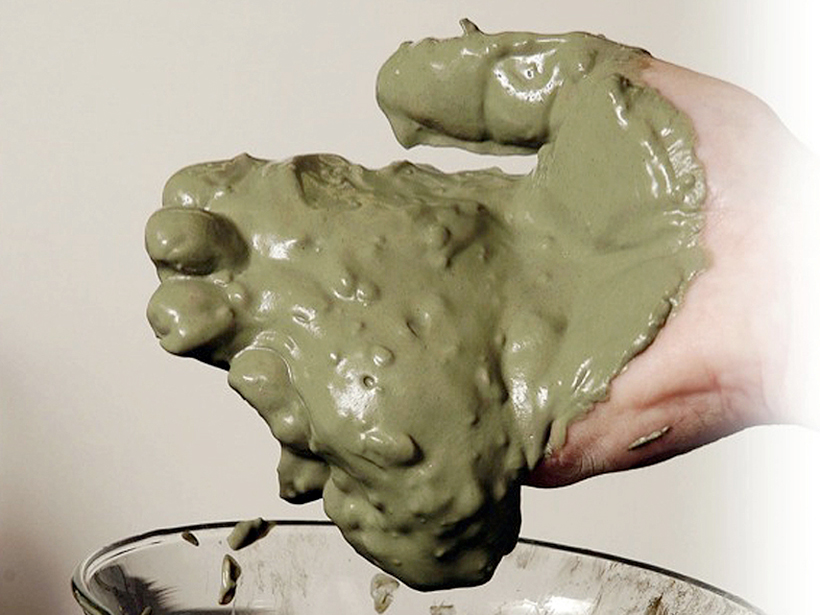An ancient folk remedy, blue-green iron-rich clay, kills antibiotic-resistant bacteria using a one-two punch, a new study shows.
clays
Rocks with Soft-Tissue Fossils Share a Mineral Fingerprint
Discovering new resting places of these rare and information-rich fossils will be critical to understanding the largest expansion of life in Earth’s history, according to researchers.
Accounting for the Missing Silica in the Marine Sediment Cycle
Cosmogenic silicon-based estimates of the amount of biogenic silica stored in clays along continental margins could explain the large discrepancy in the nutrient’s global marine budget.
Simulating the Climate 145 Million Years Ago
A new model shows that the Intertropical Convergence Zone wasn't always a single band around the equator, which had drastic effects on climate.
How Did Fragile Early Microbes Become Fossils?
During the Ediacaran period more than a half billion years ago, clay mineral coats likely shielded delicate remains, helping them become exquisitely preserved in rock, recent experiments suggest.
The Dwarf Planet That Came in from the Cold—Maybe
The presence of ammonia-rich clay on much of the surface of Ceres suggests that this dwarf planet—the largest object in the asteroid belt—may have formed far out in the solar system, then wandered in.





